10 Incredible Facts About Bathrooms You Probably Didn’t Know
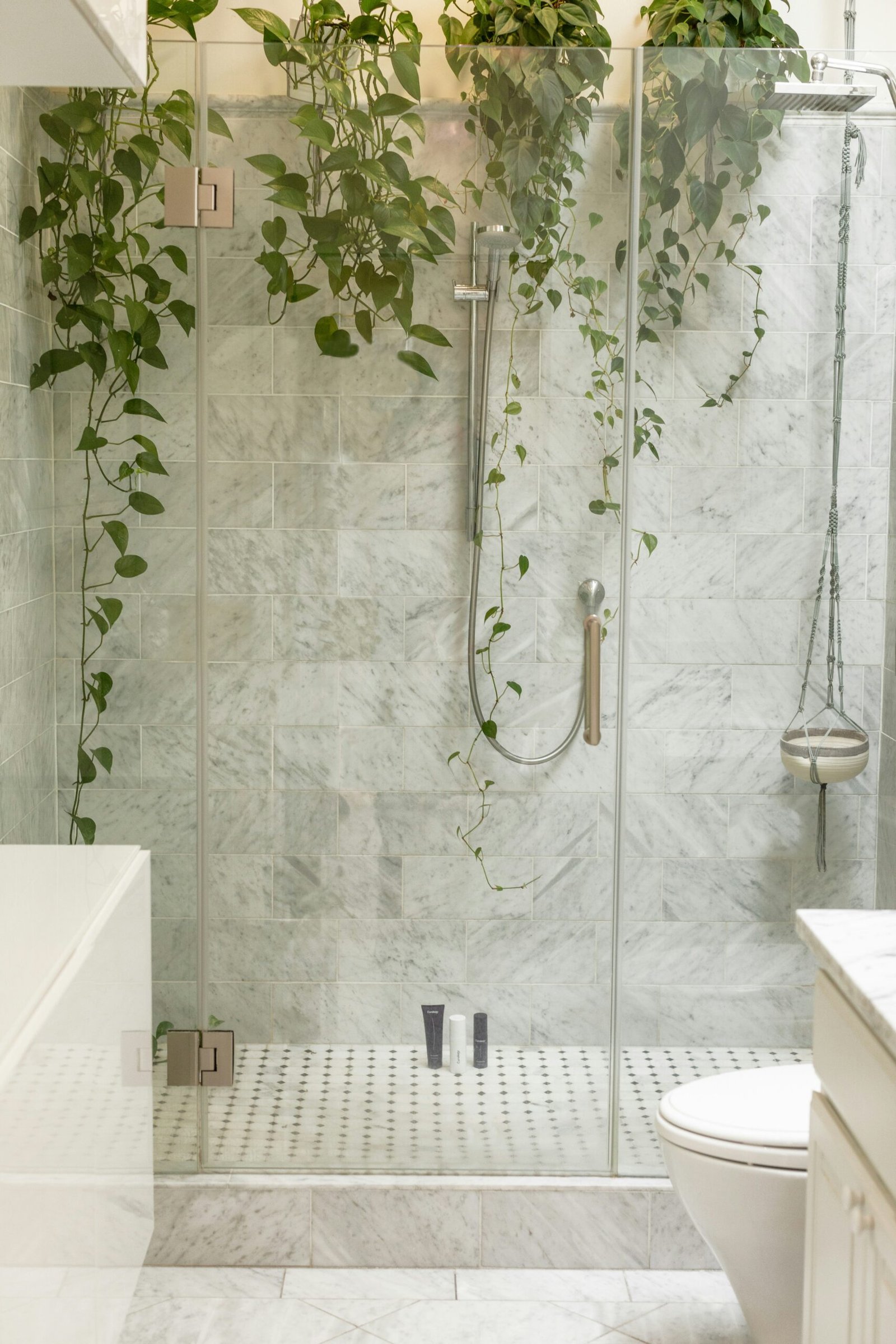
The Origin of Bathrooms
The evolution of bathrooms from ancient times to the present day is a captivating journey through centuries of human ingenuity, cultural practices, and technological advancements. Ancient civilizations, notably the Romans and Greeks, played a pivotal role in developing early bathing rituals that have greatly influenced modern bathroom design and usage.
In ancient Rome, elaborate public baths, also known as thermae, were not just places for cleansing but also social hubs where citizens could relax, exercise, and discuss matters of the day. These baths featured sophisticated plumbing systems, with aqueducts supplying a constant stream of fresh water and an intricate network of sewers ensuring efficient waste disposal. Roman thermae were marvels of engineering, often equipped with separate areas for hot, warm, and cold baths, reflecting a keen emphasis on personal hygiene and communal health.
Similarly, the Greeks placed a high value on bathing, considering it an essential aspect of daily life and personal care. Ancient Greek bathhouses were typically smaller and less elaborate than their Roman counterparts but still featured advanced systems for water heating and distribution. For the Greeks, bathing was often intertwined with rituals and physical fitness, emphasizing the holistic well-being of body and mind.
The practices of these early civilizations laid the groundwork for the concept of the modern bathroom. The introduction of plumbing and sewer systems in urban areas during the 19th century marked a significant leap forward, revolutionizing public health and sanitation. As technology progressed, bathrooms evolved from simple functional spaces to private sanctuaries equipped with sophisticated fixtures, offering comfort and convenience.
Today, contemporary bathrooms are the culmination of centuries of innovation, embodying both form and function. From the opulent Roman thermae to the sleek, minimalist designs of modern interiors, the journey of bathroom evolution is a testament to human progress in enhancing personal hygiene and overall quality of life.
Most Expensive Bathroom in the World
Bathrooms can be more than just functional spaces; they can also be opulent retreats showcasing extreme luxury. One astounding example is the bathroom in the master suite of the Emirates Palace Hotel in Abu Dhabi. This bathroom epitomizes extravagance, featuring gold-plated fixtures, rare marble surfaces, and lavish chandeliers. The cost of such an ultra-luxury bathroom can easily soar into the millions, with some estimates suggesting a price tag of around $2 million.
The use of precious materials is one reason for the high cost. Gold fixtures, for example, are not just gold-coated but often made of real, solid gold. These elements don’t just add to the aesthetic appeal but also play a role in making the space a symbol of sheer opulence. Marble, another commonly used material, is sourced from the most exclusive quarries worldwide, often boasting unique patterns and colors that make each piece one-of-a-kind.
State-of-the-art technology also contributes to the expense. Features like a smart mirror that adjusts lighting based on the time of day, a bathtub that fills itself to a precise temperature, and a shower that offers a range of customizable settings are becoming standard in the most luxurious bathrooms. Voice-activated commands, heated floors, and advanced water filtration systems add layers of comfort and convenience that further justify the steep price.
Design elements also play a critical role. Artistic touches such as custom-made mosaics, hand-painted murals, and unique sculptures turn these bathrooms into personal art galleries. The attention to detail in these spaces is meticulous, making them not just places to freshen up but also sanctuaries of luxury and sophistication.
The most expensive bathrooms in the world exemplify the pinnacle of luxury, combining high-cost materials, cutting-edge technology, and breathtaking design. These features collectively create spaces that are as opulent as they are unique, offering an unparalleled experience that justifies their extraordinary price.
Water Usage Statistics
Water usage in bathrooms is a critical aspect of household consumption that often goes unnoticed. Research indicates that an average household in the United States uses approximately 100 gallons of water per day, with a significant portion dedicated to bathroom activities. Bathing alone accounts for nearly 40 gallons per day, while toilets use up to 25-30 gallons daily. Other activities, such as brushing teeth, shaving, and washing hands, contribute to the remaining water usage.
The environmental impact of such extensive water use is substantial. Freshwater resources are becoming increasingly scarce, and the average household’s bathroom water consumption plays a notable role in this depletion. It is essential to recognize that about 30% of a household’s total water usage stems from flushing toilets and taking showers, which creates a significant demand on local water supplies. As the population grows and climate change impacts water availability, implementing water-saving measures in bathrooms is no longer optional but imperative.
Conserving water is not only beneficial for the environment but also for household budgets. Simple steps such as installing low-flow showerheads and dual-flush toilets can drastically reduce water consumption. For instance, low-flow showerheads use approximately two gallons of water per minute compared to the conventional flow rate of five gallons per minute. Similarly, dual-flush toilets use about 1.6 gallons per flush for solid waste and less than one gallon for liquid waste, as opposed to older models that can use up to five gallons per flush.
Moreover, employing water-efficient fixtures and mindful water usage habits can lead to significant savings on water bills. For example, fixing leaks promptly is crucial, as a single dripping faucet can waste over 3,000 gallons of water per year. Encouraging household members to take shorter showers and turn off the tap while brushing teeth are simple yet effective actions that promote water conservation.
By increasing awareness of water usage statistics and the environmental impacts of excessive water consumption, more households can adopt sustainable practices that benefit both the planet and their finances. Engaging in proactive water conservation in the bathroom is a significant step towards safeguarding this essential natural resource for future generations.
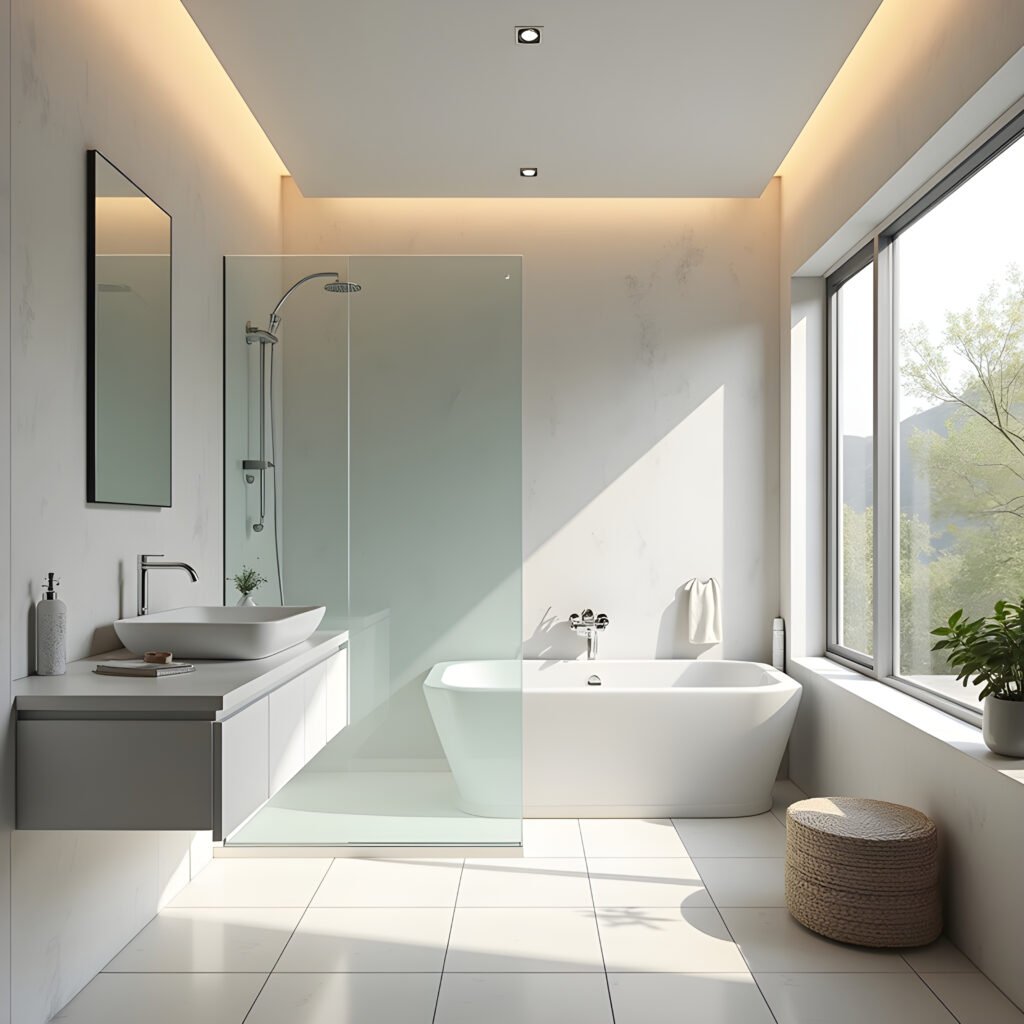
Unusual Bathroom Designs Around the World
Bathrooms serve essential functions in our daily lives, but they need not be dull or utilitarian spaces. Across the globe, innovative architects and designers have elevated the bathroom into realms of art, luxury, and eco-consciousness. Some of the most unusual bathroom designs offer incredible experiences that transcend the ordinary.
Take, for example, the underwater bathroom at the Conrad Maldives Rangali Island Resort. This breathtaking bathroom design allows guests to immerse themselves in marine life while performing their morning routines. Here, walls of clear acrylic offer a panoramic view of the Indian Ocean, with schools of vibrant fish and occasionally, graceful rays or sharks gliding by. It’s an unparalleled fusion of nature and modern design that redefines the concept of luxury.
In contrast, the bathrooms with panoramic views in places like the Jade Mountain Resort in St. Lucia offer an awe-inspiring backdrop of lush landscapes and stunning ocean vistas. These open-air bathrooms blur the boundaries between indoor comfort and outdoor splendor, creating a serene retreat where one can relax in a luxurious bath with nothing but the horizon for company. Such designs prioritize maximizing natural beauty, ensuring the environment becomes a key part of the bathing experience.
Eco-friendly designs are also making waves in the world of bathroom architecture. The Uredd Rest Area in Norway, known as “the world’s most beautiful public toilet,” combines sleek, minimalist design with sustainable building practices. Utilizing solar panels and locally-sourced materials, this bathroom not only provides a functional space but also pays homage to the natural landscape surrounding it. Eco-conscious designs like these emphasize the importance of sustainability while maintaining high aesthetic standards.
From the depths of the sea to mountaintop vistas and environmentally harmonious spaces, these unique bathroom designs reflect diverse cultural influences and innovative design philosophies. They challenge the conventional and inspire us to rethink how we view one of the most essential rooms in our homes and public spaces.
Technological Advancements in Bathrooms
The evolution of bathroom technology has remarkably transformed a traditionally utilitarian space into a hub of innovation, convenience, and efficiency. Among the most significant advancements, smart showers have revolutionized the way we experience personal hygiene. By integrating digital controls, these showers allow users to precisely set and maintain water temperature, control water flow, and even preset personalized showering preferences. Some models offer features such as built-in speakers, Bluetooth connectivity, and chromotherapy lighting, turning a simple shower into a sensory experience.
Intelligent toilets represent another leap forward in bathroom technology. These state-of-the-art fixtures come equipped with advanced functionalities such as self-cleaning systems, heated seats, and automatic lids. Many sophisticated models also boast integrated bidets with adjustable water pressure and temperature, air drying, and deodorizing features. Furthermore, the incorporation of touchless flush systems not only enhances convenience but also significantly improves hygiene by minimizing contact with surfaces.
Voice-activated fixtures have brought the power of smart technology into everyday bathroom practices. From adjusting lighting and temperature to playing music or accessing news updates, voice-activated systems like Amazon Alexa and Google Assistant are increasingly common in modern bathrooms. These fixtures enable users to carry out multiple tasks hands-free, thus streamlining the bathroom experience and enhancing overall comfort.
Lastly, modern amenities also focus heavily on energy efficiency and sustainability. Water-saving faucets, low-flow showerheads, and toilets designed to use minimal water without compromising performance are examples of eco-friendly innovations. Additionally, sensor-activated lighting and smart mirrors that can display real-time environmental data help users make more informed choices about their resource consumption.
These technological advancements not only transform the bathroom into a sanctuary of convenience and luxury but also emphasize the growing trend towards smarter, more sustainable living environments. As technology continues to advance, we can expect even more groundbreaking innovations that will redefine our daily bathroom routines.
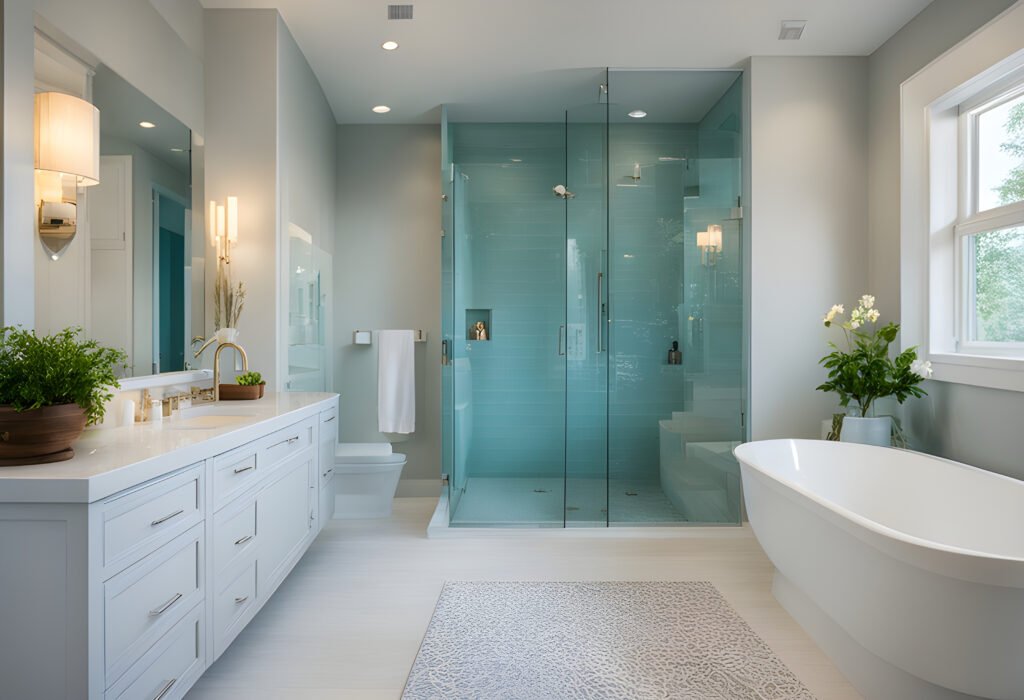
Psychological Effects of Bathroom Design
The design of a bathroom can significantly impact one’s mental well-being, making it a crucial element in interior design. Psychological studies and interior design principles reveal that various aspects of bathroom design, such as color schemes, lighting, and spatial layout, play a vital role in influencing our mood and reducing stress.
Color schemes are a primary factor in setting the tone of a bathroom. Soft, neutral colors like whites, beiges, and pastels are known to create a calming atmosphere, thereby reducing stress and anxiety. These hues evoke a sense of cleanliness and tranquility. Conversely, bright and bold colors such as reds and yellows can stimulate senses, potentially causing heightened stress levels. Therefore, choosing a soothing color palette can enhance relaxation and promote a sense of peace.
Lighting is another crucial element that affects psychological well-being. Natural light is ideal as it promotes a positive mood and provides a sense of openness and freedom. When natural light is limited, incorporating soft and adjustable artificial lighting can help create a relaxing ambiance. Harsh, fluorescent lights are often associated with feelings of discomfort and stress, whereas warm, dimmable lights can promote a serene and restful environment.
The spatial layout and ergonomics of a bathroom also influence mental health. A well-organized, clutter-free space can foster a sense of control and tranquility. Adequate storage solutions and thoughtful arrangement of fixtures and fittings help in maintaining order, which in turn contributes to mental clarity and reduced stress. A spacious bathroom, even if achieved through clever design rather than actual square footage, provides a feeling of luxury and relaxation, making the space more comfortable and inviting.
In conclusion, the design of a bathroom is not merely an aesthetic choice but plays a significant role in promoting mental well-being. By carefully considering color schemes, lighting, and spatial layout, one can create a sanctuary that not only pleases the eye but also nurtures the mind.
The Rise of Eco-Friendly Bathrooms
In recent years, the trend of eco-friendly bathroom designs has gained significant momentum. This shift focuses on incorporating sustainable materials, water-saving technologies, and green building practices. Homeowners and designers alike are increasingly aware of the environmental impact and the need for eco-conscious choices in bathroom renovations.
Sustainable materials such as bamboo, reclaimed wood, and recycled glass are becoming staples in modern bathroom designs. These materials not only reduce the carbon footprint but also add a unique aesthetic appeal. Bamboo, for instance, grows rapidly and can be harvested sustainably, making it an excellent choice for bathroom flooring and cabinetry. Reclaimed wood and recycled glass offer a second life to otherwise discarded materials, contributing to the reduction of waste and resource conservation.
Water-saving technologies are also a critical component of eco-friendly bathrooms. Low-flow faucets, showerheads, and dual-flush toilets are designed to minimize water usage without compromising performance. These fixtures can significantly reduce household water consumption, leading to both environmental and financial benefits. Moreover, innovations such as greywater systems, which repurpose water from sinks and showers for use in toilets or irrigation, further enhance water efficiency.
Green building practices extend beyond materials and fixtures to encompass the entire construction and renovation processes. Utilizing non-toxic, low-VOC (volatile organic compounds) paints and sealants contributes to better indoor air quality and overall health. Additionally, proper insulation and energy-efficient lighting solutions, like LED bulbs, reduce energy consumption and lower utility bills.
The benefits of creating an eco-friendly bathroom are manifold. Beyond the positive environmental impact, these sustainable choices often lead to long-term cost savings and create healthier indoor environments. As awareness continues to grow, the trend of eco-friendly bathrooms is likely to become the standard in modern home design.
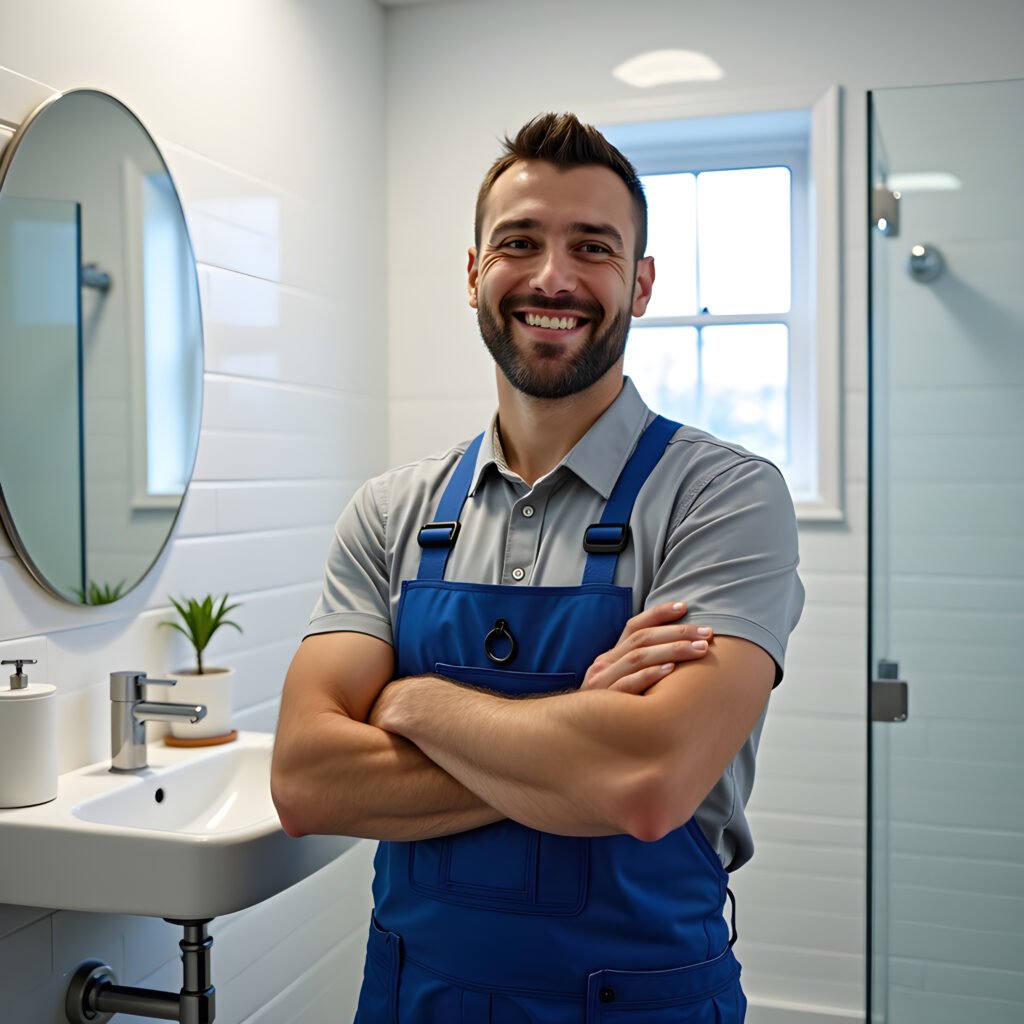
Quirky Bathroom Superstitions and Rituals
Bathrooms, while an everyday necessity, are also a focal point for various superstitions and rituals around the world. These beliefs often stem from ancient myths or cultural traditions, reflecting the complex relationship societies have with cleanliness, privacy, and water. For instance, in some Western cultures, it is considered bad luck to have a mirror facing the bathroom door. This belief is rooted in the idea that it may reflect negative energy into the room, disrupting the flow of positive vibes.
In contrast, Eastern traditions, particularly those influenced by the principles of Feng Shui, offer various guidelines for bathroom arrangement to ensure harmony and prosperity. One such tip advises against having the toilet directly opposite the door, as it is believed that this placement allows wealth to be flushed away. Similarly, a common Feng Shui recommendation is to keep the bathroom door closed at all times to prevent the Chi, or energy, from escaping and thus depleting the home of good fortune.
Moving to Japan, there exists an intriguing blend of reverence and modern superstition. Many Japanese believe in the principle of “Kamisama,” where household deities are thought to inhabit certain areas, including restrooms. As a mark of respect, some people place a small shrine outside the bathroom or practice rituals to honor these deities, ensuring the space remains pure and sacred. Additionally, in some regions, it is customary to cover a bathroom mirror when it’s not in use to ward off spirits.
Ancient Roman culture also had its share of bathroom-related customs. Romans took their public baths seriously, and hygiene was closely linked to spirituality. It was a common belief that bathing could cleanse not just the body but also the soul, removing negative energies and purifying one’s aura. As a result, various rituals were performed in these communal baths to align oneself with the gods and garner their favor.
These fascinating superstitions and rituals illustrate how bathrooms are much more than functional spaces. They are imbued with cultural significance, bridging the gap between the mundane and the mystical. Understanding these beliefs provides a unique glimpse into how different societies approach what many consider an ordinary room.

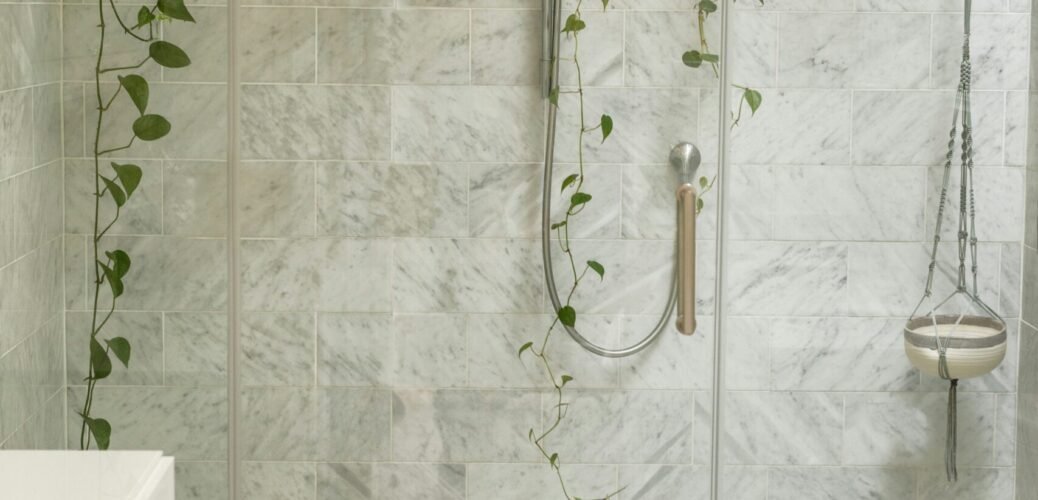
September 16, 2024 @ 12:15 pm
I love the examples you provided.